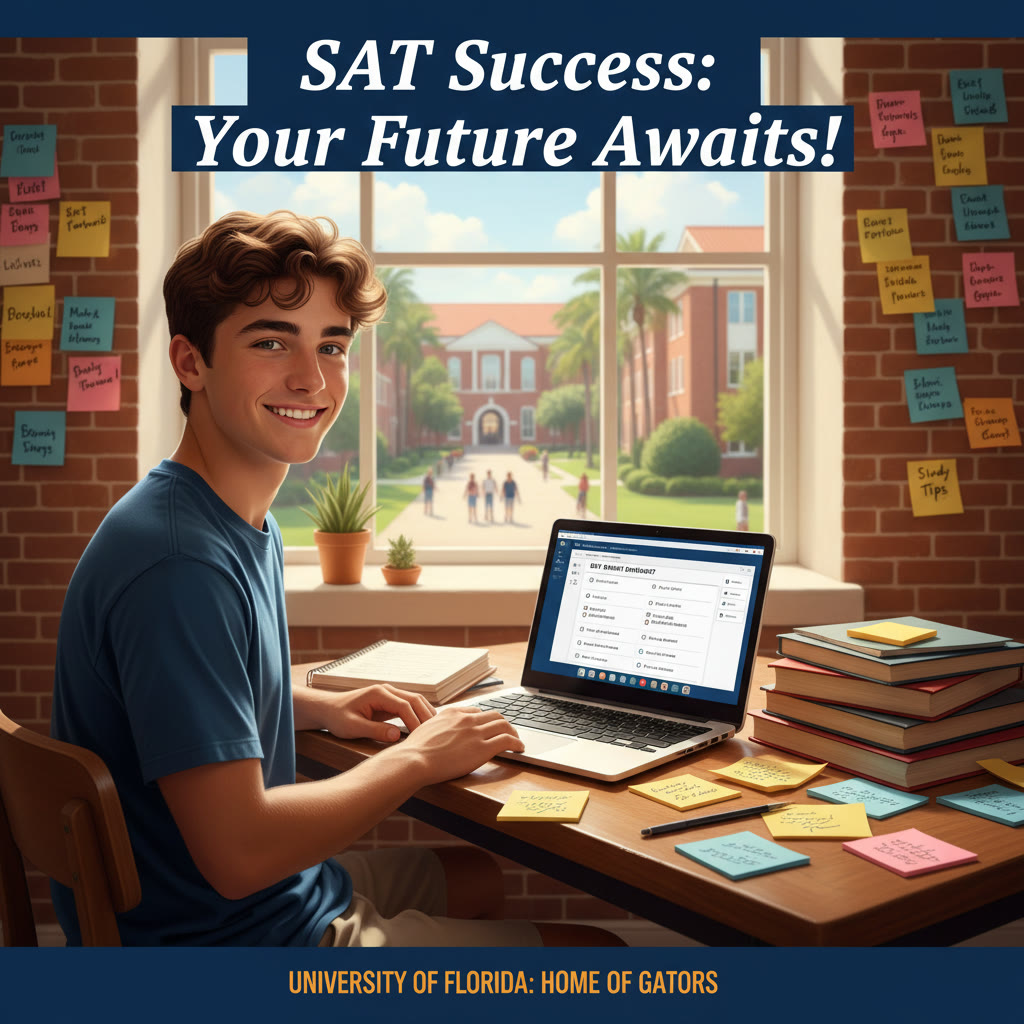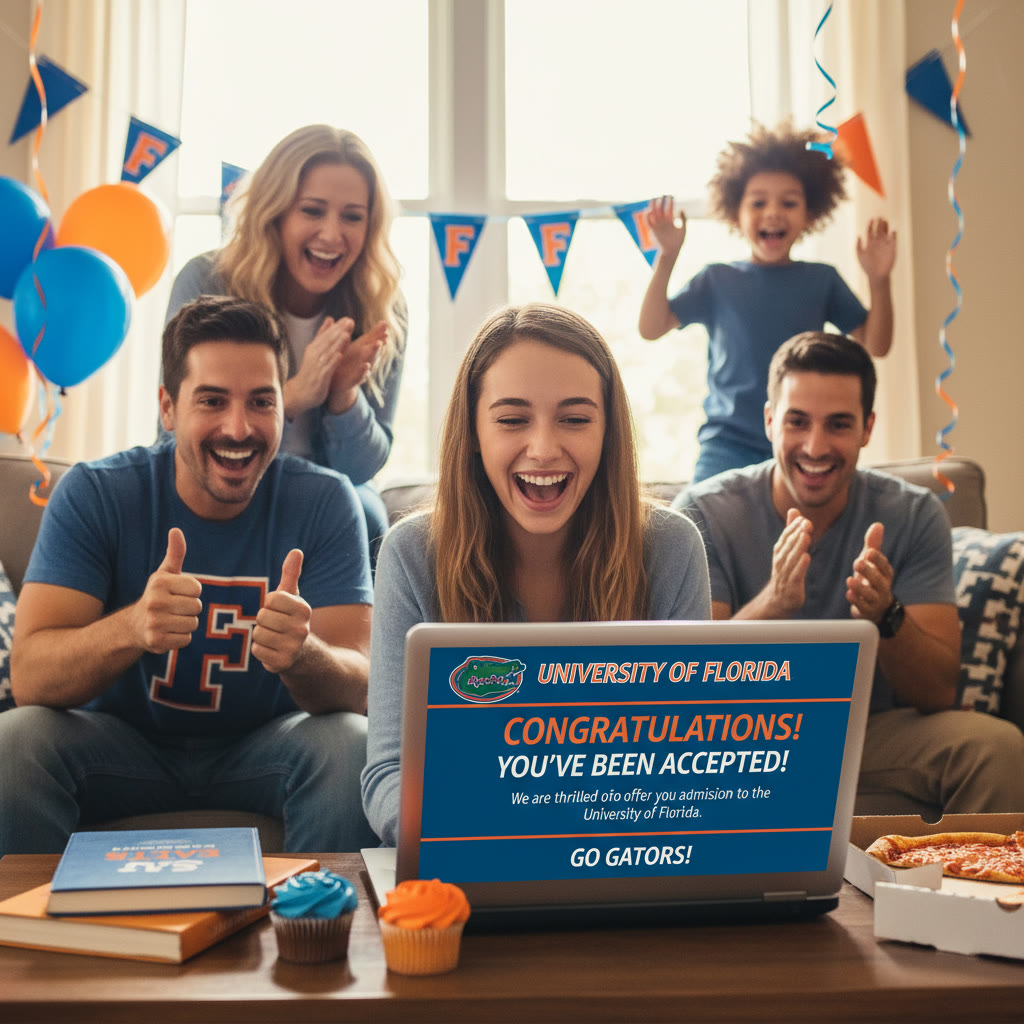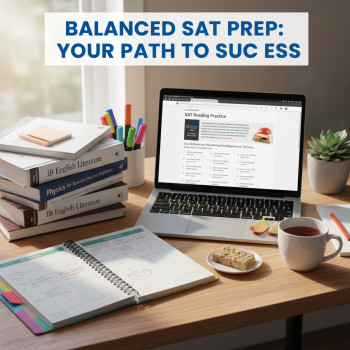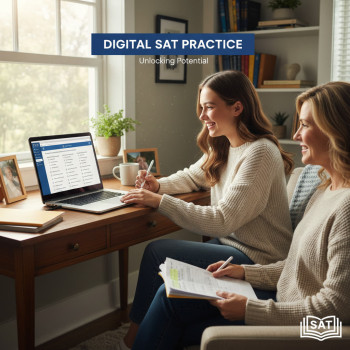Why this matters: SAT and your University of Florida application
Applying to the University of Florida (UF) feels like a milestone—exciting, a little nerve-racking, and full of possibility. If UF is on your list, understanding the school’s SAT expectations is one of the clearest, most actionable steps you can take right now. While admissions decisions consider grades, activities, essays, and recommendations, the SAT still plays a central role for many applicants—especially for scholarship eligibility and competitive majors. This guide breaks down what UF looks for, translates score ranges into practical targets, and gives a step-by-step plan you can follow (with examples and timelines) to make your application stand out.

At a glance: What UF expects from SAT takers
The University of Florida is selective. For most admitted freshmen, SAT scores tend to cluster within a specific middle 50% range. Think of this range as the “typical” admitted student. A quick snapshot:
- SAT middle 50% range (evidence from recent data): roughly 1330–1470.
- SAT/ACT: The university reports that standardized test scores are part of the application and are commonly submitted by admitted students.
- Admission is holistic: while a competitive SAT helps, GPA, course rigor, essays, extracurriculars, and context matter a great deal.
These numbers are a starting point, not a ceiling. Many students with scores outside the middle range still get admitted due to strong academics, unique experiences, or outstanding talent in a particular area.
What the numbers mean—and how to set your personal target
A middle 50% SAT range like 1330–1470 tells you two things. First, if your current practice score is below the 25th percentile (around 1330), UF would consider the SAT portion of your application a potential reach—especially for competitive in-state and out-of-state applicants. Second, scoring above 1470 places you comfortably above the typical admitted student on the SAT metric alone, which can strengthen your application.
How to convert that into a target:
- Safety target: 1250–1320 (if other parts of your application are strong).
- Match target: 1330–1470 (aim to be in the middle 50%).
- Reach/Scholarly target: 1480+ (increases chances for merit scholarships and competitive programs).
Practical tip: Aim to be slightly above the midpoint of the middle 50%—that gives you breathing room and compensates for test-day variability.
Digital SAT specifics: format and preparation strategies
The SAT moved to a digital format, which changes the logistics and some strategies but not the core skills you need. Digital testing is faster, adaptive in sections, and designed to mirror classroom problem-solving and reading. The good news: a focused study plan that reflects the digital format can boost efficiency and confidence.
Study strategy that reflects the digital test
- Simulate real test conditions digitally: practice full-length sections on a laptop or tablet, with timing and a digital calculator when allowed.
- Work on pacing: adaptive sections mean that early questions influence later difficulty. Practice building strong starts for each section.
- Focus on evidence-based reading and data interpretation: many questions require pulling conclusions from short passages, charts, and tables.
- Targeted math review: emphasize problem solving, algebra, and real-world data interpretation rather than obscure tricks.
Timeline: When to take the SAT for UF applicants
Planning when to test is a balance between readiness and deadlines. Here’s a timeline many students find helpful.
| When (relative to application) | What to do | Why |
|---|---|---|
| Junior year spring | Take an official practice or diagnostic Digital SAT to set baseline. | Gives time for targeted improvement before senior deadlines. |
| Summer between junior and senior | Begin intensive prep—5–10 hours/week or personalized tutoring. | Use free practice tools and build a study plan without school pressures. |
| Senior fall (early) | Take first official Digital SAT; review and plan a retake if needed. | Scores will be available for early action/early decision and scholarships. |
| Senior fall (later) | Retake if improvement is possible; finalize score before application deadlines. | Allows for last-minute improvement and ensures scores are on time for submission. |
Remember: UF’s regular application deadlines are often early in the calendar year for incoming fall students. Make sure your final SAT date allows scores to be reported before those deadlines.
SAT and Florida-specific scholarships
For Florida residents, certain state scholarships use both GPA and SAT minimums as eligibility criteria. For example, merit awards may require a specific minimum SAT composite score (commonly in the low- to mid-1300s for some state awards). If scholarship money matters to your family, those score thresholds deserve attention—because a few points can be the difference between qualifying and not.
How to prioritize scholarship goals
- Identify scholarships with numeric cutoffs—aim to meet or exceed the SAT minimums.
- Time your best score submission to fit scholarship deadlines (often earlier than final admission decisions).
- Weigh test prep investment against expected scholarship gains—sometimes spending a season with targeted tutoring pays for itself in scholarship dollars.
Majors and departmental expectations
UF offers a wide range of programs—some are more competitive than others. STEM, business, and certain honors programs typically receive huge numbers of applicants and can be more selective. While UF does not publish separate SAT cutoffs for every major, competitive programs effectively raise the practical SAT bar because their admitted students often sit at the higher end of the middle 50% range.
Actionable approach by intended major
- STEM/Engineering/Business: aim for 1400+ to be comfortably competitive.
- Humanities/Social Sciences/Arts: a strong GPA and compelling portfolio or essays can offset a lower SAT, but 1350+ is still a safe target.
- Honors programs: treat them as reach—1480+ is a good aspiration if you also have a rigorous transcript.
Holistic admissions: where SAT fits in the whole picture
UF reads applications in context. Admissions officers consider school rigor, upward grade trends, extracurricular leadership, community impact, essays, recommendations, and unique circumstances. A stellar SAT score helps, but it’s one part of a larger story. This is particularly important for students who excel in non-academic areas—creative work, athletics, community service, or employment. Use every part of the application to tell a cohesive story about who you are and how you’ll contribute to UF’s campus.
How to make your application cohesive
- Connect your essays to your transcript and activities—show growth and purpose, not just achievements.
- Use recommendations to provide context (a teacher who can speak to persistence or improvement is valuable).
- If your SAT is lower than your peers, highlight strengths that can’t be measured by tests—artistic portfolios, project work, entrepreneurial ventures, or community leadership.
Practical test-day and score-reporting tips
Because the SAT is digital, check device rules, test-center policies, and your registration details in advance. On test day, arrive rested, bring approved ID, and follow timing strategies you practiced.
Score reporting and Superscoring
- Check UF’s official policy on superscoring—many universities combine section scores from multiple test dates to create a higher composite, but policies vary.
- If UF superscores (or if you don’t know), order or send the test dates that show your best section performance.
- Plan retakes only if focused improvement is likely—random retakes rarely yield big gains without deliberate study.
Study plans that work: examples and timelines
Below are two sample study plans—one DIY and one with personalized support—to show how different students can reach their targets.
DIY plan (for self-motivated students, ~10 weeks)
- Week 1: Diagnostic full-length digital practice test; identify weaknesses.
- Weeks 2–4: Focused practice on weak areas (daily 1–2 hour sessions). Use official practice materials and timed sections.
- Week 5: Take a practice test; analyze score patterns and question-level mistakes.
- Weeks 6–8: Intensive review—mix of practice tests and targeted drills (3–4 sessions/week).
- Weeks 9–10: Two full practice tests under test-day conditions; finalize test-day logistics.
Personalized tutoring plan (8–12 weeks, recommended for targeted gains)
- Initial diagnostic and tailored roadmap (1 session): identify highest-return skills to gain points.
- Weekly 1-on-1 sessions: focused instruction, strategies for adaptive sections, and timed practice.
- Between sessions: structured assignments and digital practice tests; tutor reviews results and adjusts plan.
- Final phase: full-length test simulations with score analysis and confidence-building strategies.
Personalized tutoring—like the type offered by Sparkl—can accelerate progress by zeroing in on the exact question types where you lose points, offering 1-on-1 guidance, a tailored study plan, and AI-driven insights to track improvement. For students juggling AP classes, extracurriculars, or part-time jobs, that focused support can make preparation far more efficient.
Common mistakes students make (and how to avoid them)
Knowing what not to do is as important as knowing what to do. Here are common pitfalls and practical fixes.
- Waiting too late: Start measurable preparation at least 3–4 months before your intended test date.
- Ignoring official practice: Rely on authentic digital practice tests to understand the format and timing.
- Practicing without review: Always analyze mistakes—practice without reflection wastes time.
- Taking too many tests without a targeted plan: Retake only with clear improvement goals and focused study in between.
How parents can help without adding pressure
Parents play a pivotal role. The best support balances encouragement, logistics, and resources while letting the student own the process.
Practical ways parents can help
- Help schedule practice tests and official test dates that fit family calendars.
- Provide a quiet study space and healthy routines (sleep, meals, stress breaks).
- Discuss financial planning for test fees or tutoring if needed—investing in focused tutoring can be cost-effective if it leads to scholarships.
- Encourage the student to explore targeted help—whether that’s school counselors, local tutors, or personalized options like Sparkl, which offers tailored study plans and expert tutors to maximize improvement.
Putting it all together: a realistic action plan
Here’s a compact, realistic plan you can start this week, whether you’re a junior planning ahead or a senior with deadlines approaching.
- Step 1: Take an official digital diagnostic test to set a baseline.
- Step 2: Choose a score target based on UF’s middle 50% and your intended major.
- Step 3: Decide on a prep method—self-study, group class, or personalized tutoring.
- Step 4: Schedule your test date to allow at least one retake before application deadlines.
- Step 5: Practice deliberately, analyze every practice test, and adjust the plan.
- Step 6: Finalize essay and application materials—don’t let SAT prep overshadow the rest of the application.
Real-world example: Two students aiming for UF
To make this concrete, here are two short case studies that reflect common situations.
Case A: Maya — STEM hopeful, Florida resident
Maya is a strong math student with a 3.9 GPA who wants engineering. Her diagnostic SAT is 1360. With two months of targeted math section work and weekly 1-on-1 tutoring focusing on problem-solving and pace, she raises to 1450 on her second official attempt—moving her solidly into the competitive range for UF and improving her chances for merit aid.
Case B: David — Out-of-state, humanities applicant
David has a 3.8 GPA and strong extracurriculars but a diagnostic SAT of 1280. He uses a three-month study plan focused on reading comprehension and essay-style evidence questions. He increases to 1340 and supplements his application with a compelling personal essay and recommendation letters that emphasize his leadership in community projects—earning admission through a strong, balanced application.
Final thoughts: balancing ambition and well-being
Pursuing a University of Florida admission is a journey, not a single moment. The SAT is important, yes—but it is part of a broader narrative about who you are and what you will contribute to campus life. Aim high, prepare intentionally, and don’t lose sight of balance: sleep, relationships, and joy are part of what fuels performance.
If you want help getting specific
Personalized support can make a big difference. If targeted, efficient prep appeals to you, consider options that include 1-on-1 guidance, tailored study plans, and expert tutors who can identify the highest-yield improvements. Services like Sparkl bring that kind of personalized approach—combining expert tutors with AI-driven insights and a custom roadmap—to help students reach their best scores in the most time-efficient way.
Quick checklist before you apply to UF
- Confirm your target SAT score and schedule at least one practice and one official test ahead of deadlines.
- Confirm UF’s application and scholarship deadlines and plan score submissions accordingly.
- Polish your essays and secure teacher recommendations that reflect your academic growth.
- Keep your grades strong—an upward trend can be compelling.
- Consider personalized tutoring if you need targeted point gains or time-efficient preparation.
Closing encouragement
Applying to UF is an exciting chapter—treat the SAT as a skill you can improve rather than a fixed hurdle. With a clear target, realistic plan, and consistent practice, you can approach test day with confidence. Whether you choose to self-study, join a prep class, or work one-on-one with a tutor, focus on steady progress. Remember, your application is more than a number. Show UF who you are, how you’ve grown, and the contributions you’ll bring to campus. Good luck—and enjoy the journey.





















No Comments
Leave a comment Cancel